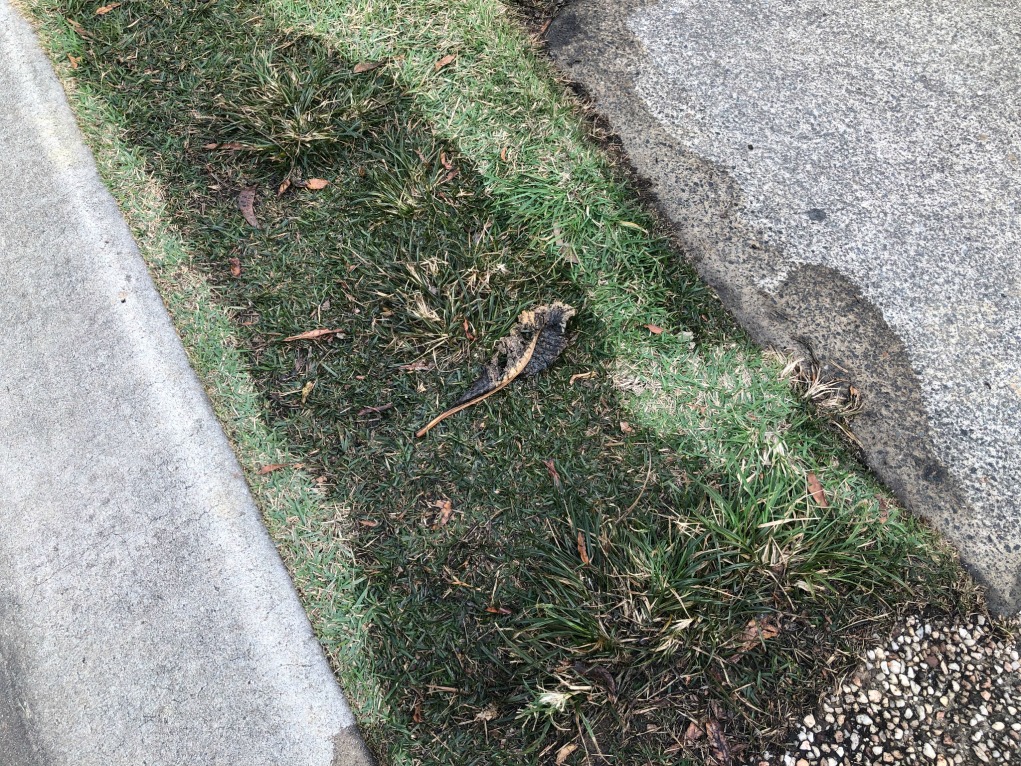Exactly how to Check If Your Home Has a Hidden Leak
Exactly how to Check If Your Home Has a Hidden Leak
Blog Article
Everybody maintains their own thoughts about Top leak detection hacks.

Early discovery of dripping water lines can mitigate a possible disaster. Some tiny water leaks may not be visible.
1. Take A Look At the Water Meter
Every residence has a water meter. Checking it is a surefire way that assists you uncover leaks. For beginners, shut off all the water resources. Make certain no one will flush, use the faucet, shower, run the washing machine or dishwashing machine. From there, most likely to the meter as well as watch if it will certainly alter. Considering that no person is utilizing it, there must be no motions. That suggests a fast-moving leak if it moves. Also, if you spot no changes, wait an hour or two and examine back once more. This means you might have a sluggish leakage that might even be below ground.
2. Examine Water Intake
If you find sudden modifications, despite your usage being the exact same, it indicates that you have leaks in your plumbing system. An abrupt spike in your expense shows a fast-moving leak.
At the same time, a consistent increase each month, even with the very same practices, reveals you have a slow leakage that's also slowly rising. Call a plumber to thoroughly examine your residential or commercial property, particularly if you really feel a warm area on your floor with piping below.
3. Do a Food Coloring Test
When it comes to water usage, 30% comes from toilets. If the color somehow infiltrates your dish throughout that time without flushing, there's a leakage in between the container and also dish.
4. Asses Outside Lines
Don't fail to remember to check your outdoor water lines also. Should water seep out of the link, you have a loosened rubber gasket. One tiny leakage can throw away bunches of water as well as surge your water costs.
5. Evaluate as well as Evaluate the Situation
Home owners must make it a practice to check under the sink counters and also even inside cabinets for any bad odor or mold and mildew development. These two warnings indicate a leakage so timely attention is needed. Doing routine examinations, even bi-annually, can conserve you from a major trouble.
If you understand your residence is already old, maintain a watchful eye on your heating units, pipes, pipes etc. Look for discolorations and also weakening as the majority of home appliances and also pipes have a life expectancy. They will certainly additionally naturally degrade as a result of tear and also wear. Do not wait for it to escalate if you presume dripping water lines in your plumbing system. Call a specialist plumber immediately so you don't wind up with a dreadful mess in your home.
Early detection of leaking water lines can reduce a prospective calamity. Some little water leakages might not be noticeable. Examining it is a guaranteed method that aids you uncover leakages. One little leakage can throw away tons of water and surge your water bill.
If you think leaking water lines in your plumbing system, don't wait for it to intensify.
WARNING SIGNS OF WATER LEAKAGE BEHIND THE WALL
PERSISTENT MUSTY ODORS
As water slowly drips from a leaky pipe inside the wall, flooring and sheetrock stay damp and develop an odor similar to wet cardboard. It generates a musty smell that can help you find hidden leaks.
MOLD IN UNUSUAL AREAS
Mold usually grows in wet areas like kitchens, baths and laundry rooms. If you spot the stuff on walls or baseboards in other rooms of the house, it’s a good indicator of undetected water leaks.
STAINS THAT GROW
When mold thrives around a leaky pipe, it sometimes takes hold on the inside surface of the affected wall. A growing stain on otherwise clean sheetrock is often your sign of a hidden plumbing problem.
PEELING OR BUBBLING WALLPAPER / PAINT
This clue is easy to miss in rooms that don’t get much use. When you see wallpaper separating along seams or paint bubbling or flaking off the wall, blame sheetrock that stays wet because of an undetected leak.
BUCKLED CEILINGS AND STAINED FLOORS
If ceilings or floors in bathrooms, kitchens or laundry areas develop structural problems, don’t rule out constant damp inside the walls. Wet sheetrock can affect adjacent framing, flooring and ceilings.
https://www.servicemasterbyzaba.com/blog/how-to-detect-water-leakage-in-walls/

Do you enjoy reading up on Hacks to detect leaks? Post a short review down the page. We will be delighted to see your opinions about this blog post. We hope that you come back again in the near future. Don't hesitate to take the opportunity to promote this blog entry if you appreciated it. I enjoy reading our article about Hacks to detect leaks.
Report this page